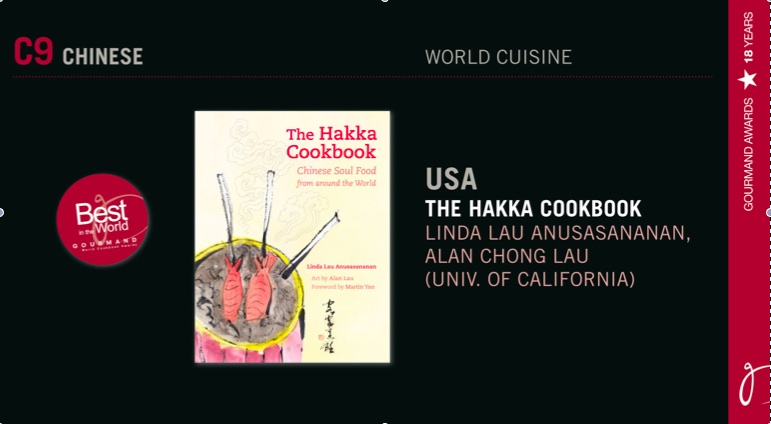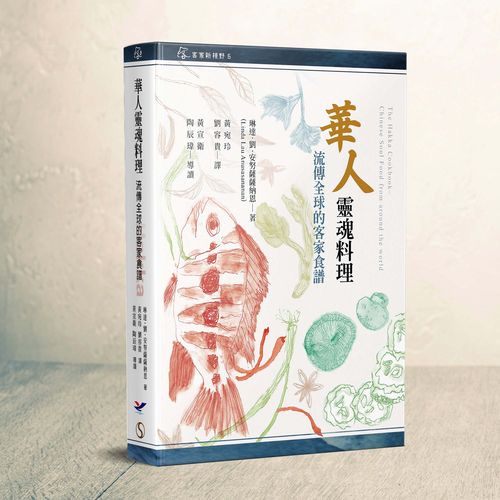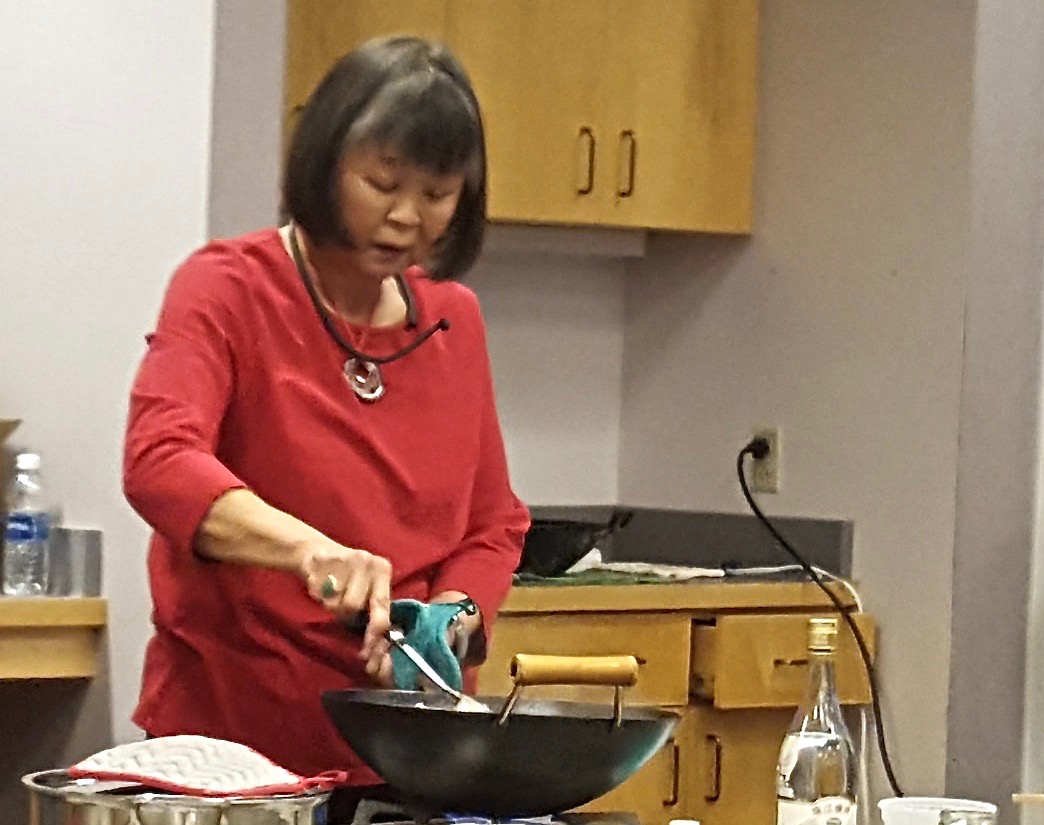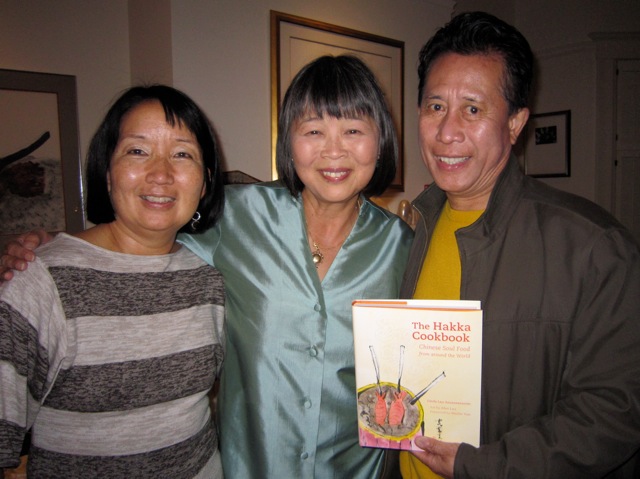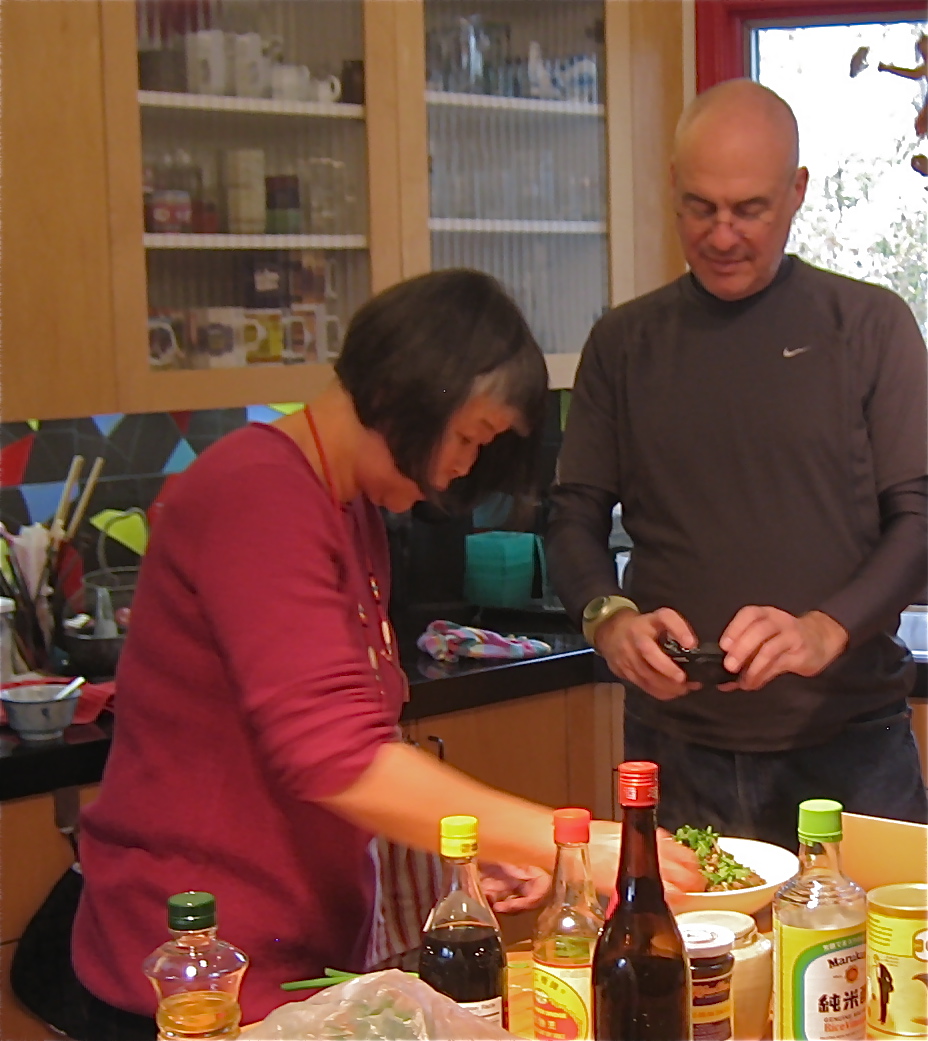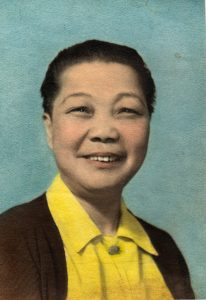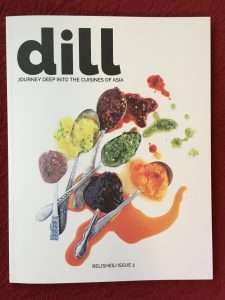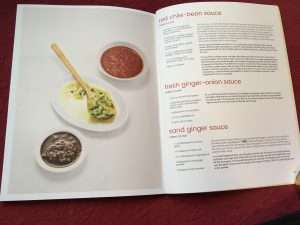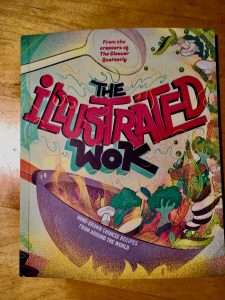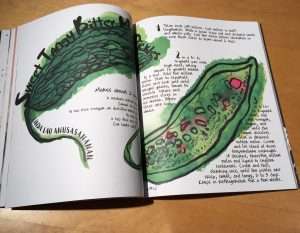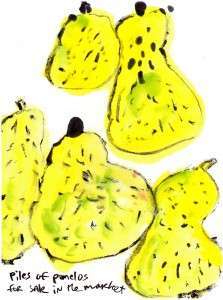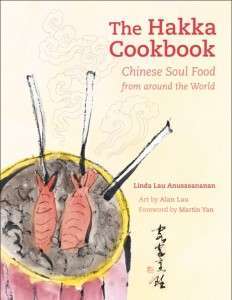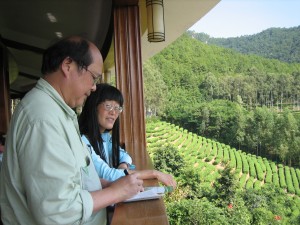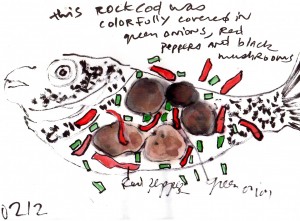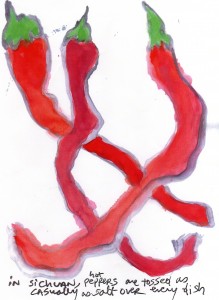
I recently read Chop Fry Watch Learn, Fu Pei-Mei and The Making of Modern Chinese Food by Michelle T. King. Her book tells the story of Fu Pei-Mei, author and pioneering Taiwan television personality who made Chinese cooking achievable for home cooks.
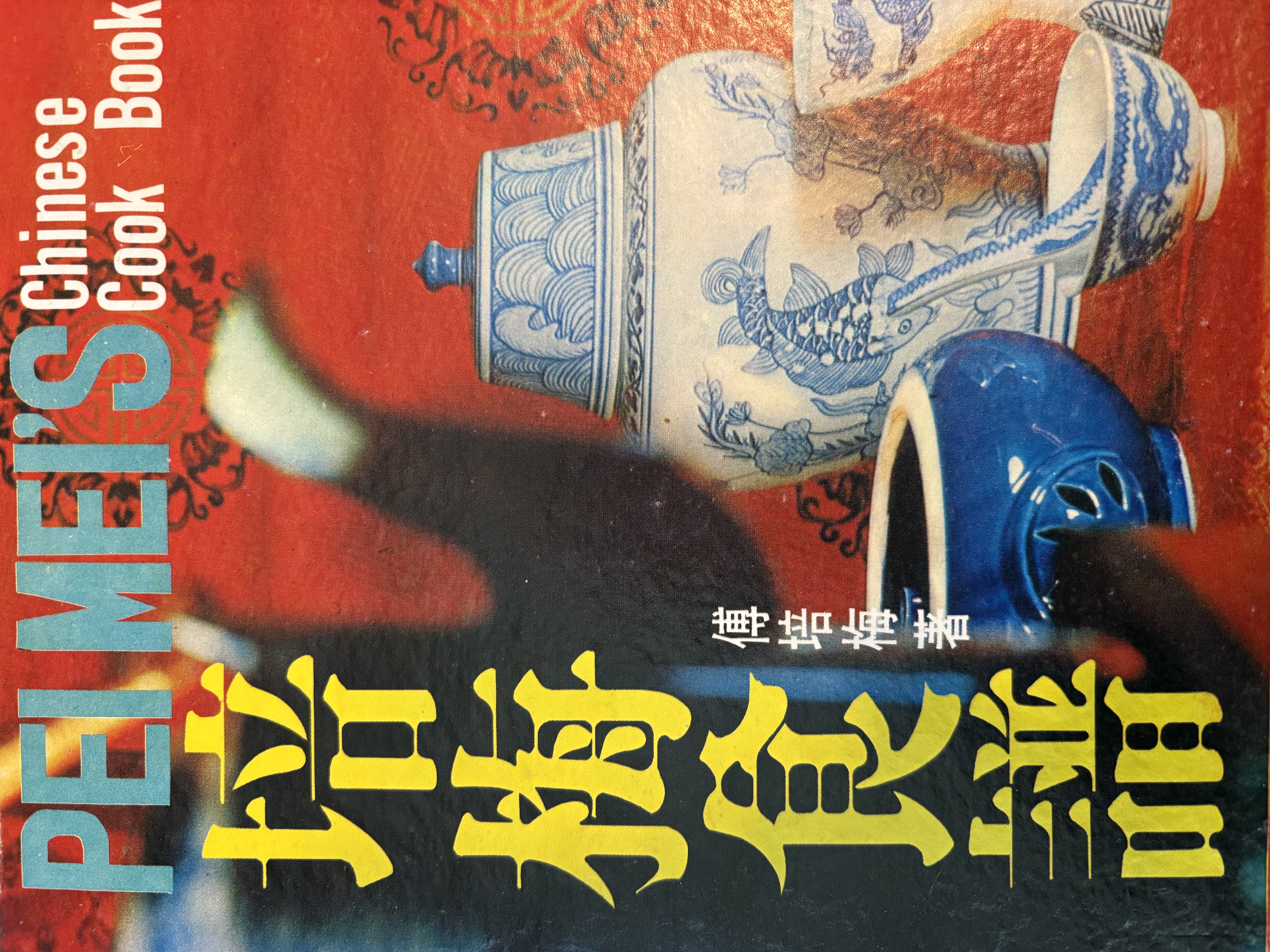
I read King’s book because I own a copy of Pei Mei’s Chinese Cookbook. I bought Pei Mei’s book in San Francisco Chinatown when I first started my career as a food writer in the early 1970’s. Compared to the glossy cookbooks of today, this book looks rather plain and simple. Yet it fulfilled a need. This ground-breaking book made Chinese cooking accessible to busy home cooks in a changing society.
In 1949 Fu immigrated to Taiwan from mainland China. She married two years later. Like many young post-war housewives, she found herself confronted with the realities of cooking daily meals for her family. Frustrated with her food failures, she educated herself through lessons with chefs and more experienced home cooks. As she gained a reputation for her cooking, she shared her knowledge with other housewives. In 1962, Taiwan Television asked her teach on the screen. Her first show led to a career as a television culinary instructor that spanned four decades. Her recipes modernized Chinese cooking and spread throughout Taiwan and the world, even to King’s and my kitchen in America.
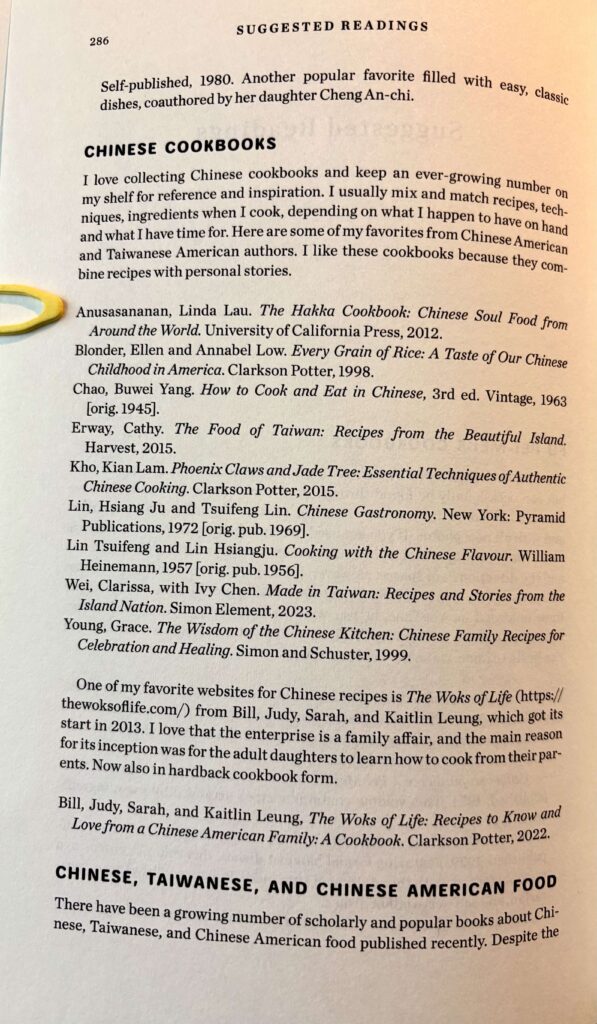
I was pleasantly surprised to find The Hakka Cookbook listed in Chop Fry Watch Learn. As I finished the book, I saw my name in Suggested Readings, under Chinese Cookbooks on page 286. Under the heading, the author writes “I like these cookbooks because they combine recipes with personal stories.” Thank you Michelle T. King for the shout out. If you’re interested in Fu Pei-Mei and how she influenced modern Chinese cuisine, read Chop Fry Watch Learn.

